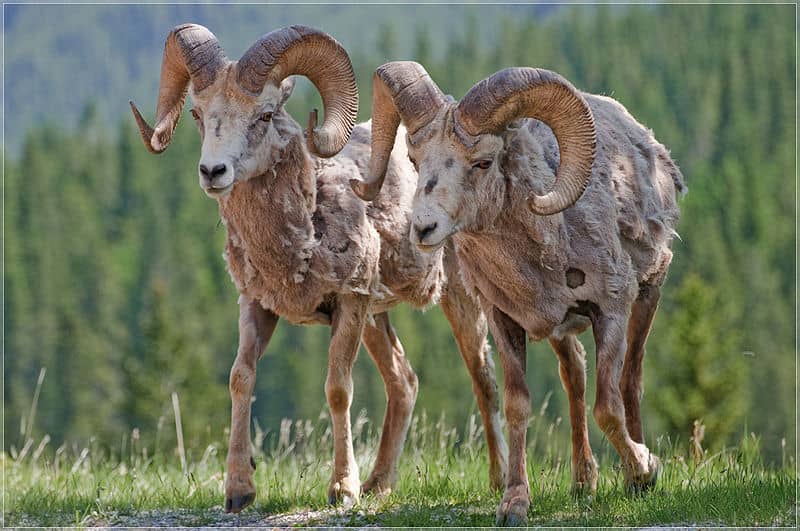Montana Decides to Eliminate Chronically Diseased Bighorn Herd
OutdoorHub Reporters 06.19.15

Montana Fish, Wildlife and Parks (FWP) announced earlier this week that it will be seeking to depopulate a chronically ill bighorn sheep herd in the Tendoy Mountains. The agency added that hunting will be the primary method of removal for the herd of 30 to 40 sheep, and it will later be restocked.
“Approximately 50 bighorn sheep will repopulate the Tendoys once all members of the diseased herd are removed. The healthy sheep used to restock the area will be from a yet to be determined herd in need of management reductions at the time,” read a recent press release.
The decision was spurred on by the lingering presence of pneumonia in the sheep herd. Pneumonia is particularly dangerous to bighorn sheep and is often a top cause of mortality. Unfortunately for wildlife managers, the disease is also rather difficult to eradicate and can be carried by surviving sheep. Biologists said that over the last 25 years, two large-scale die-offs in the Tendoys were connected to pneumonia and new sheep were brought in to reinforce the herd three times since 1997. Unfortunately, all that seemed to accomplish was to spread the disease to the new sheep as well. The Tendoy herd was unable to achieve a significant rebound.
“On June 11, the Fish and Wildlife Commission put out for public comment the proposal to sell licenses to accomplish the depopulation and is taking public comment until 5 p.m. on Thursday, July 2, 2015. The Commission will make a final decision in July and, if adopted, licenses would be offered in early August.”
Officials say that the hunt will be similar in format to hunting in unlimited bighorn license areas, but since the objective is to eliminate the herd, no quota will be established. Any animals in the Tendoy Mountains herd not harvested by hunters will instead by removed by WFP agents.

